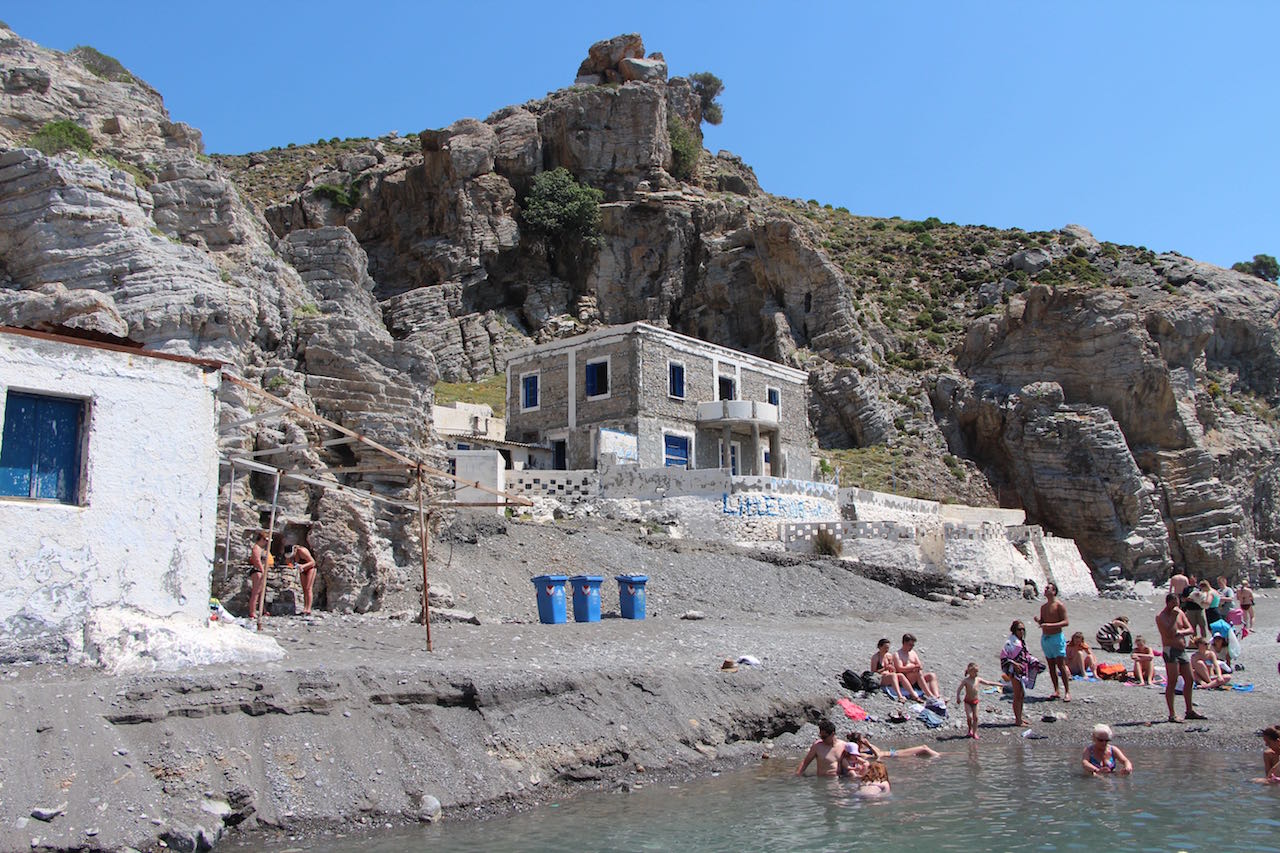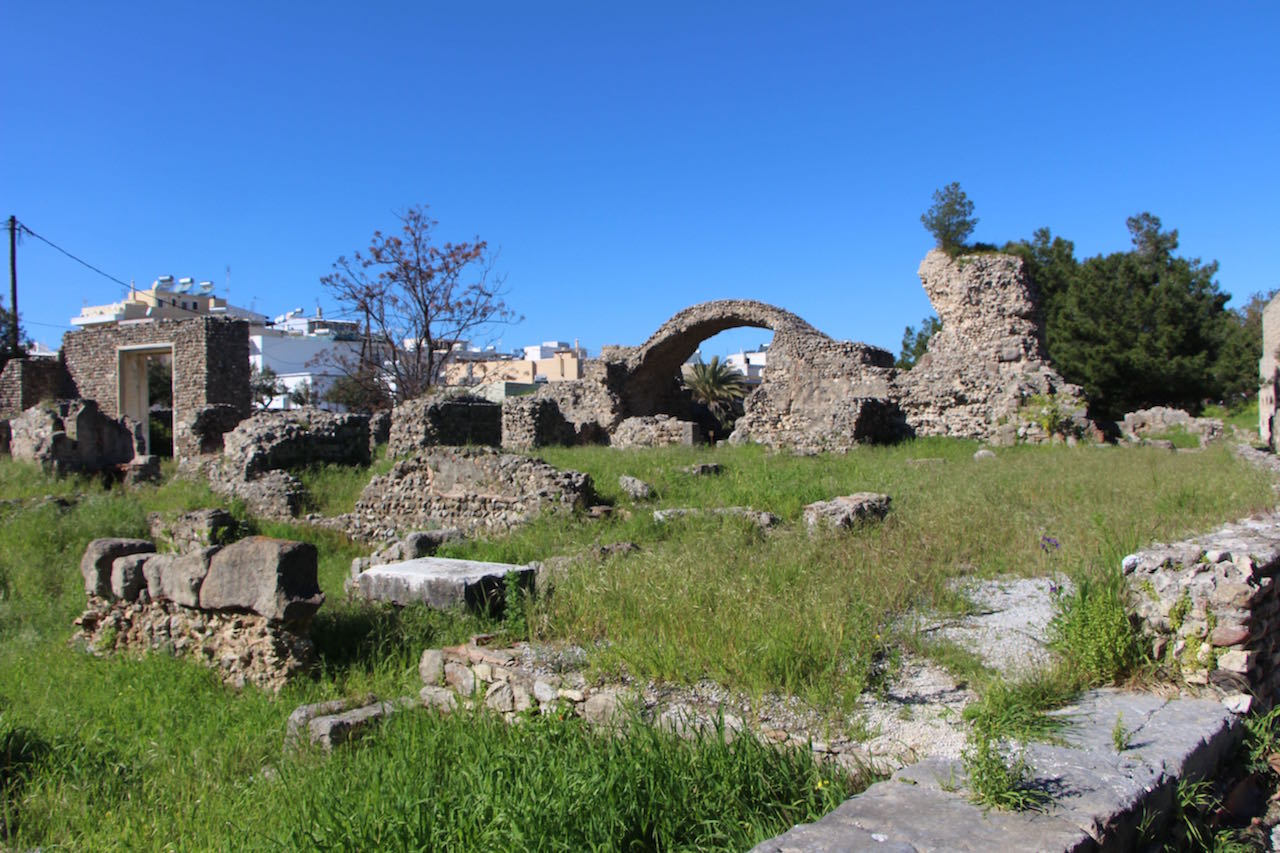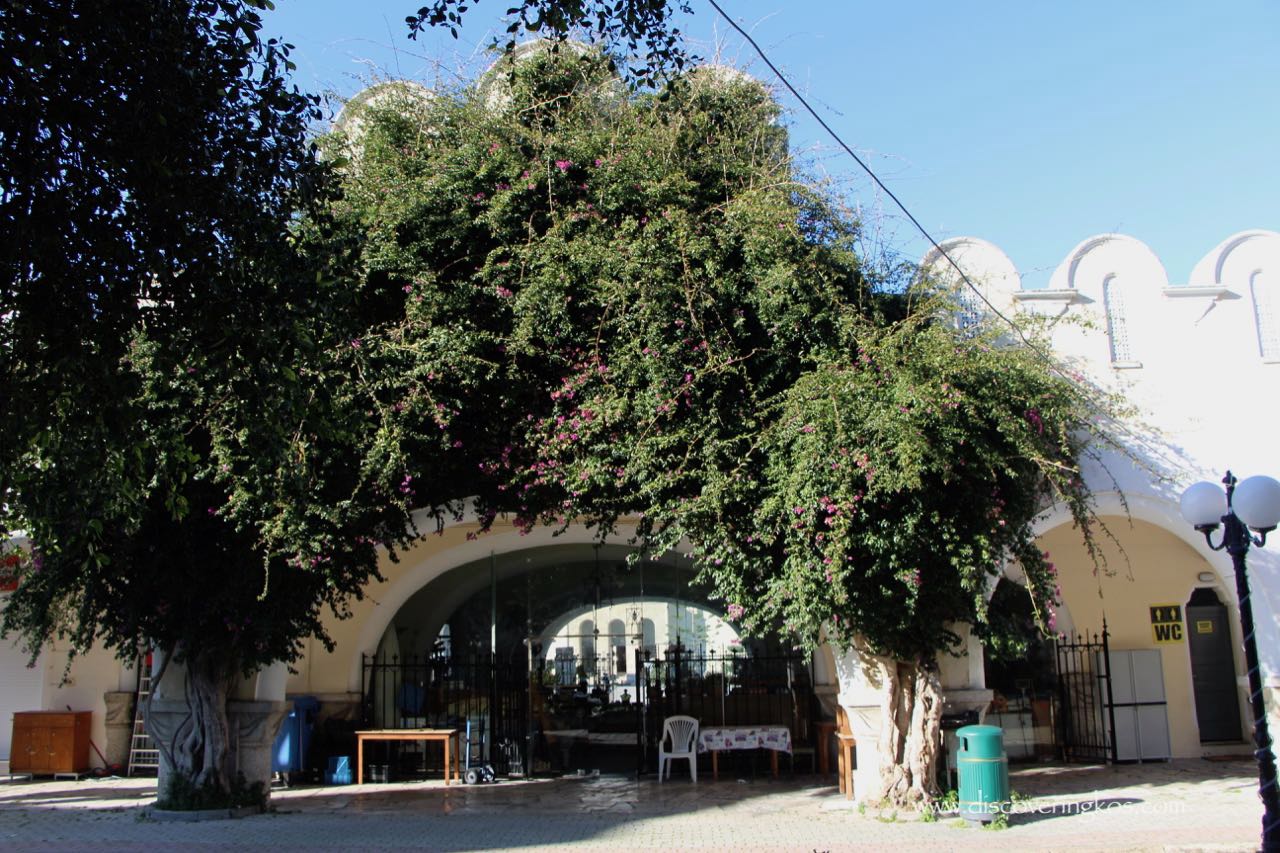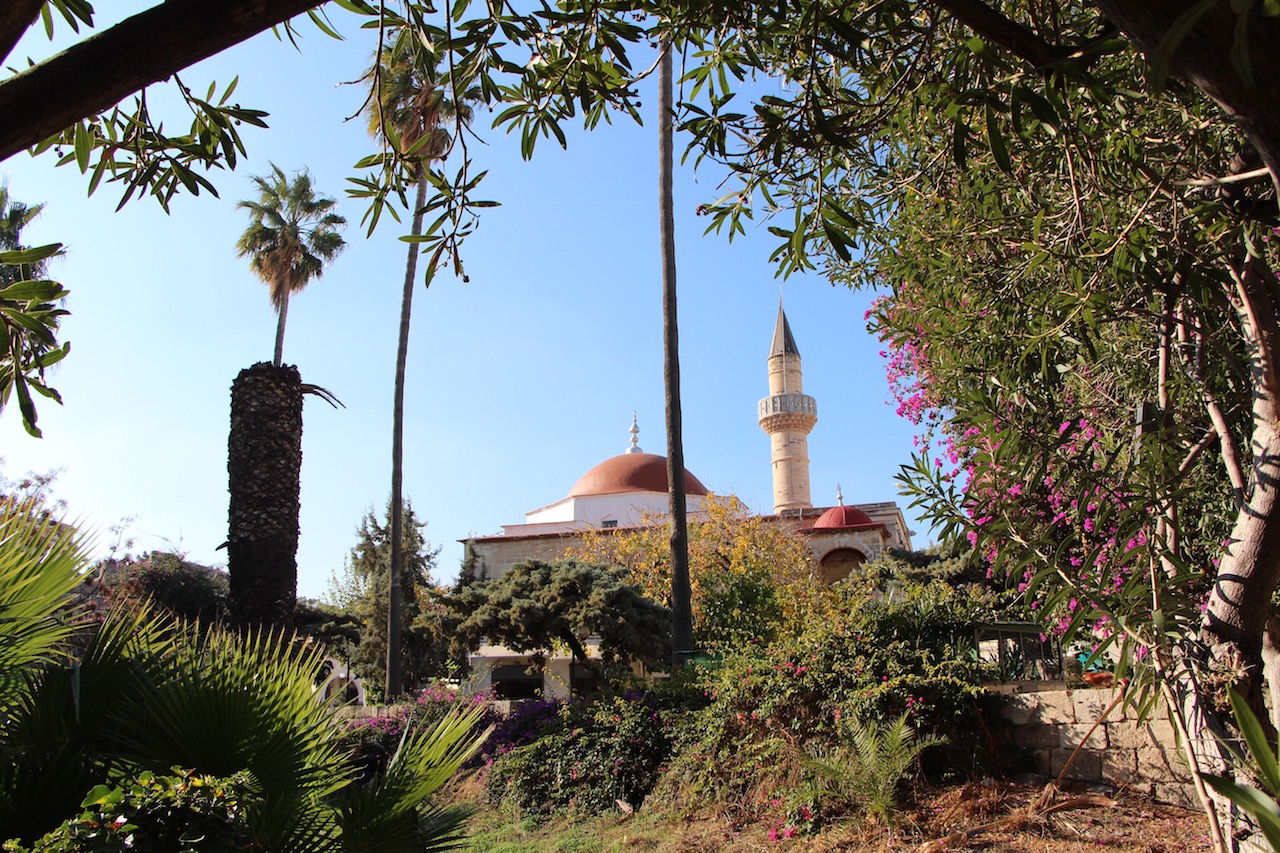
What to See and Do in the Kos Town Area:
A Comprehensive Guide
The Kos Town area, encompassing the vibrant town center along with the nearby regions of Psalidi, Lambi, and Therma, offers a wide array of attractions that cater to all types of travelers. From historical landmarks and cultural sites to natural wonders and pristine beaches, the Kos Town area is a treasure trove of experiences waiting to be explored.
Cultural and Historical Landmarks of the Kos Town Area
Kos Town is often regarded as the cultural center of the island, rich in history and archaeological significance. Here are some of the must-see sites:
- Asclepeion: One of the most important archaeological sites in Greece, the Asclepeion was an ancient healing center dedicated to Asclepius, the god of medicine. Its majestic ruins, located just outside Kos Town, offer stunning views of the surrounding area and a deep dive into the ancient medical practices of the Greeks.
- Neratzia Castle: This imposing fortress, built by the Knights of St. John, dominates the entrance to Kos Town’s harbor. Though partially damaged by the 2017 earthquake, offers a glimpse into the island’s history and impressive views of the surrounding area.
- Eastern Archaeological Area of Kos Town: Following the 1933 earthquake, extensive excavations revealed the Eastern half of the port district and the northern part of ancient Kos. This area includes notable ruins such as the Sanctuary of Aphrodite, Harbour Basilica, Sanctuary of Herakles, the temple of the Attalids, Baptistery, Harbour Stoa, Fortifications, Insulae (building blocks), and the Agora. Kos has been inhabited since the Early Bronze Age, flourishing particularly during the Archaic and Classical periods. The city was rebuilt in 366 BC, incorporating advanced urban planning
- Western Archaeological Site Area of Kos Town: In central Kos Town, the West Archaeological Site features Roman streets, the Hellenistic West Gymnasium, Roman baths, and a 2nd-century BC stadium. Key highlights include richly decorated houses, public latrines, and a Proto-Byzantine basilica complex. The site showcases ancient Kos’s grandeur within modern city planning.
- The Altar of Dionysos in Kos Town, constructed in the mid-2nd century BC, is a Hellenistic marble monument renowned for its friezes depicting Dionysian myths, now housed in the Neratzia Castle’s Museum.
- Casa Romana: A beautifully restored Roman villa, the Casa Romana offers a glimpse into the life of the wealthy during the Roman period. With its intricate mosaics and well-preserved rooms, it’s a fascinating stop for history buffs.
- Roman Odeon: This ancient theater is another testament to the town’s rich Roman heritage. Still in use today for various cultural events, the Odeon is a place where the past meets the present.
- Kos Old Town: A charming area filled with narrow streets, traditional houses, and historical buildings, Kos Old Town is perfect for a leisurely stroll. Here, you’ll find the Kos Town Market, where you can shop for local products and souvenirs.
- Kos Town Market: A vibrant, bustling spot where locals and visitors alike can explore a variety of fresh produce, local goods, and souvenirs, embodying the lively spirit of Kos Town.
- Kos Town Basilicas: Kos Town’s early Christian basilicas, including the large 5th-6th century Harbour Basilica and the basilica within the Western Thermae, showcase important early Christian architecture and mosaics.
- The Saint Gabriel Basilica, located near Psalidi and east of Kos Town, is an early Byzantine church excavated in 1935, featuring a marble-paved floor, mosaics, five pillars, and remnants of a baptistry and bathhouse.
- The Church of Aghios Ioannis o Prodromos, built between the 5th and 6th centuries AD, is a well-preserved early Christian baptistry in Kos Town, notable for its octagonal roof and seven altar-like niches.
- Mosques and Italian Architecture: Kos Town’s diverse history is also reflected in its architecture. The mosques and 1930s Italian-style buildings scattered throughout the town highlight the island’s multicultural past and Italian influence during the early 20th century.
- Archaeological Museum: Located in the heart of Kos Town, this museum houses a significant collection of artifacts from the island’s rich history, including sculptures, pottery, and mosaics from the Hellenistic and Roman periods.
- The International Hippocratic Foundation of Kos: a tribute to Hippocrates with a historical clinic, the Hippocratic Altis, and global medical events.
- The Vourina Spring, located about 30 minutes from Kos Town, provided the town’s water until 1980. The spring’s origins remain debated, with ties to prehistoric or early historic times, and ancient myths. Visitors can explore its unique architecture and historical significance.
Beaches and Natural Attractions of the Kos Town Area
While Kos Town is known for its cultural and historical sites, the area also boasts beautiful natural landscapes and beaches:
- Lambi Beach: Just north of Kos Town, Lambi Beach is one of the most popular beaches in the area. Its long stretch of sand, clear waters, and lively atmosphere make it a favorite spot for both locals and tourists.
- Aghios Fokas Beach, located six kilometers south of Kos Town, is a tranquil pebble beach known for its unique blackish sand and serene atmosphere.
- Psalidi: Located to the east of Kos Town, Psalidi offers a more tranquil beach experience with pebbly shores and calm waters. This area is particularly popular among water sports enthusiasts, especially for kitesurfing. The consistent winds and spacious beach make it an ideal spot for this thrilling activity. Whether you’re a seasoned kitesurfer or a beginner looking to try it out, Psalidi provides the perfect conditions for an exhilarating experience. Additionally, the nearby Psalidi Lake, though somewhat neglected, is a peaceful area worth exploring, especially for birdwatchers.
- Therma Hot Springs: A unique natural attraction, the Therma hot springs are located southeast of Kos Town. The springs, set against a backdrop of rugged cliffs, offer warm, mineral-rich waters that are said to have therapeutic properties. The 2017 earthquake has reportedly made the waters even warmer, adding to the appeal of this natural spa.
- Zeioula River: For those seeking adventure, a visit to the Zeioula River in the springtime is a must. The river flows through the mountains behind Kos Town, offering opportunities for hiking and exploring the island’s lush, wooded interior.
Outdoor Activities and Exploration In the Kos Town Area
The Kos Town area isn’t just about history and beaches—it’s also a fantastic base for outdoor activities:
- Hiking: The mountains behind Kos Town provide excellent hiking opportunities, with trails that offer stunning views of the town, the Aegean Sea, and the surrounding islands.
- Cycling: Kos Town is known for its bike-friendly paths, making it easy to explore the town and its surroundings on two wheels. Cycling from Kos Town to nearby areas like Psalidi and Lambi is a popular activity among visitors.
- Water Sports: The beaches in Lambi and Psalidi offer a variety of water sports, including windsurfing, kitesurfing, and paddleboarding, catering to both beginners and experienced enthusiasts.
Conclusion
The Kos Town area, including Psalidi, Lambi, and Therma, offers a rich and diverse experience that goes beyond the typical tourist attractions. Whether you’re interested in exploring ancient ruins, relaxing on beautiful beaches, or immersing yourself in the natural beauty of the island, there’s something for everyone in this vibrant part of Kos. With its blend of history, culture, and natural wonders, Kos Town is a destination that promises to leave a lasting impression on all who visit.

















